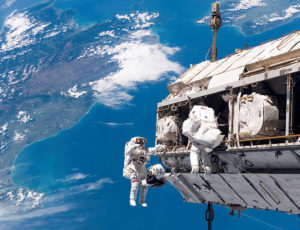
World-first satellite positioning technology launched by the Australian government
Earlier this month, Australian Government started a national trial of a brand new satellite positioning technology. This marked the first time that a second-generation Satellite-Based Augmentation System (SBAS) had been transmitted.
High hopes for SBAS
The new technology has been developed to significantly increase the accuracy of satellite positioning. Currently, satellite positioning has an allowable margin of 5-10 meters. The new SBAS technology will integrate Precise Point Positioning corrections. Scientists expect this to lower the margin of error to less than 10 cm.
Matt Canavan, Minister for Resources and Northern Australia, mentioned that the first contracts with the space industry were signed as part of a two-year trial period to assess the economic and social benefits of SBAS.
“In coming months, further contracts are expected to be signed covering more than 30 industry-based projects across 10 sectors examining real-world applications of three new satellite positioning technologies.”
This statement was made as Canavan spoke at CQUniversity Australia.
A springboard for new innovation
Canavan also said that industries such as agriculture have the potential to make impressive gains from investment in new satellite technology. Agricultural projects identified to test news SBAS technology include high-precision fertilizer use and pest control, as well as improved irrigation techniques. These projects seek to lower costs and increase production of farmers.
CQUniversity is also expected to utilize the new technology for the livestock sector. Scientists will develop collars that will be used for high-precision tracking. Information gathered from this project is intended to improve breeding programs and disease prevention.
Infrastructure and Transport Minister Darren Chester talked about the expected benefits the system would bring to the transport sector.
According to Chester, “Satellite-based technology is already used significantly in the aviation and maritime industries, however, SBAS provides opportunities to increase the safe and productive use of this technology.” The new SBAS is also expected to generate new innovations in vehicle and train management systems.
This SBAS trial is being led by Geoscience Australia in cooperation with partners Inmarsat, Lockheed Martin, and GMV.










